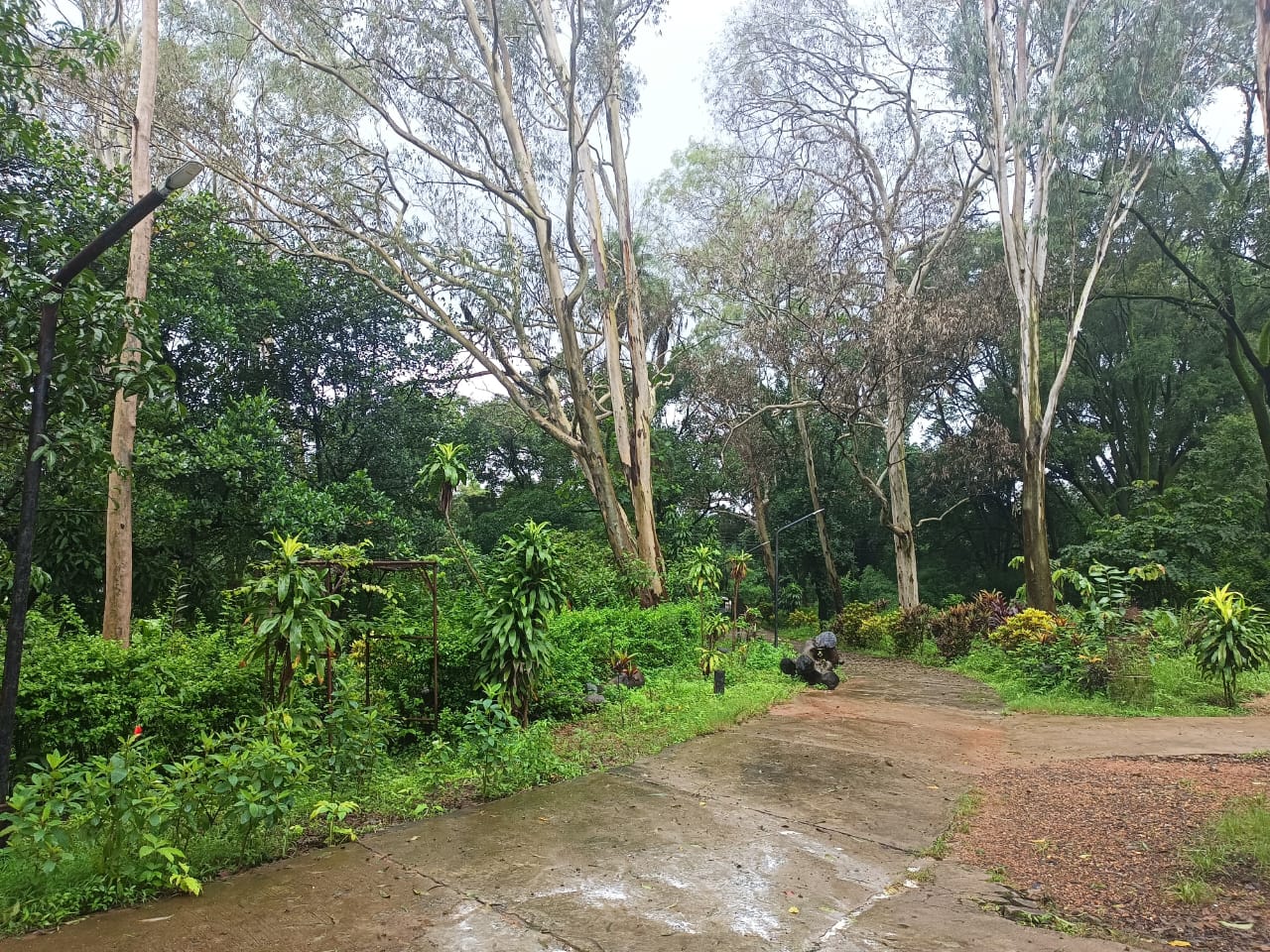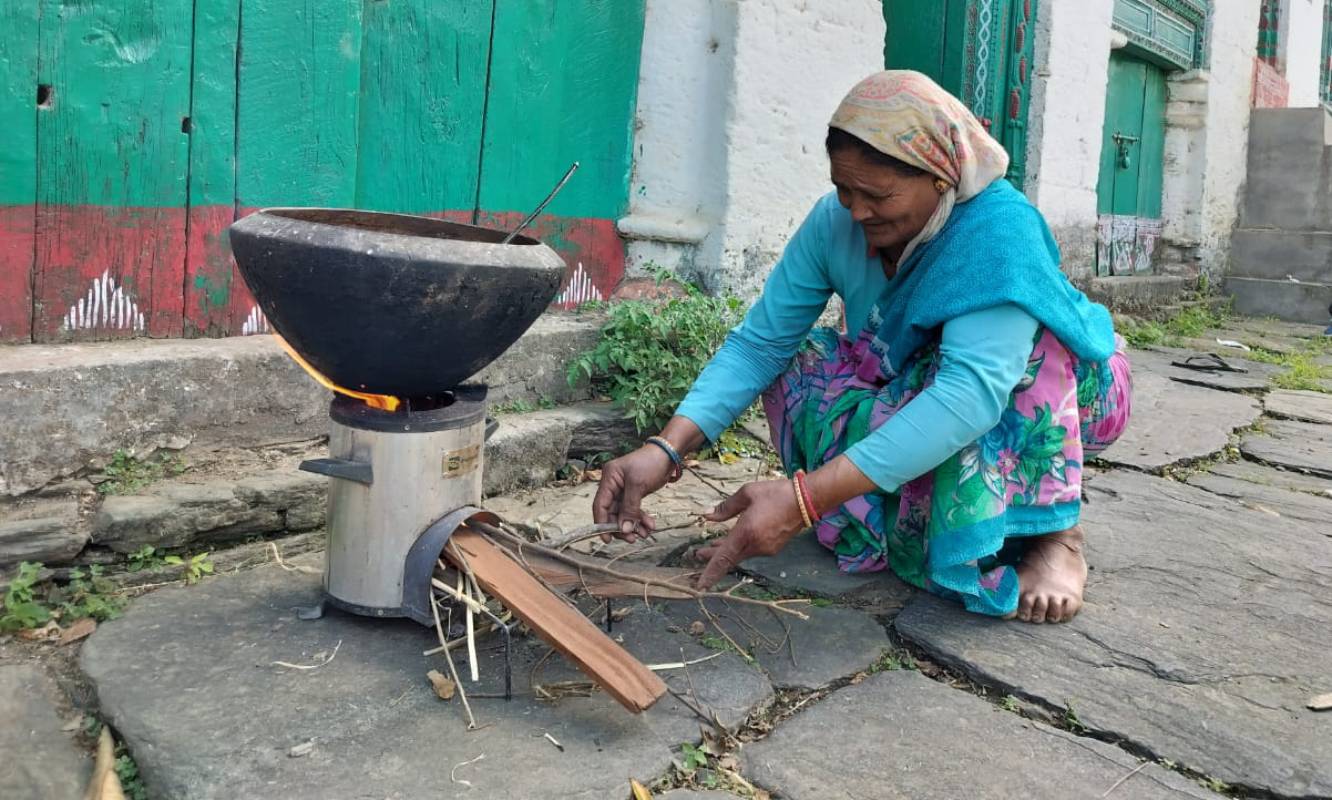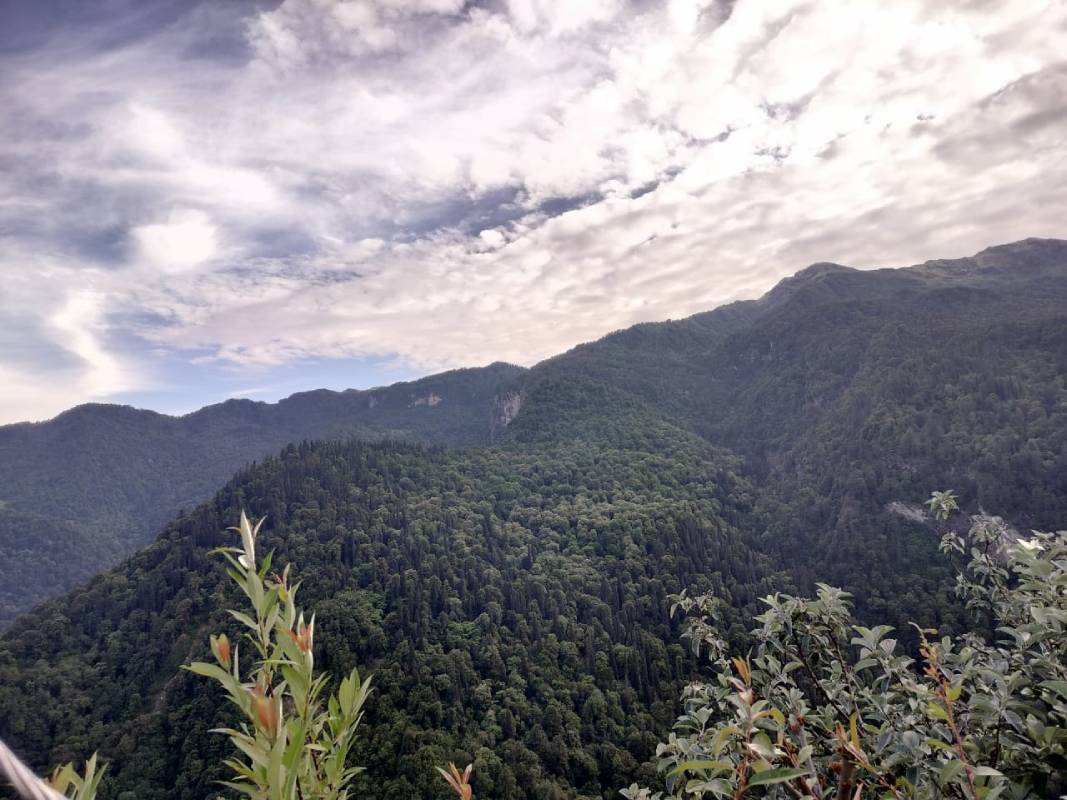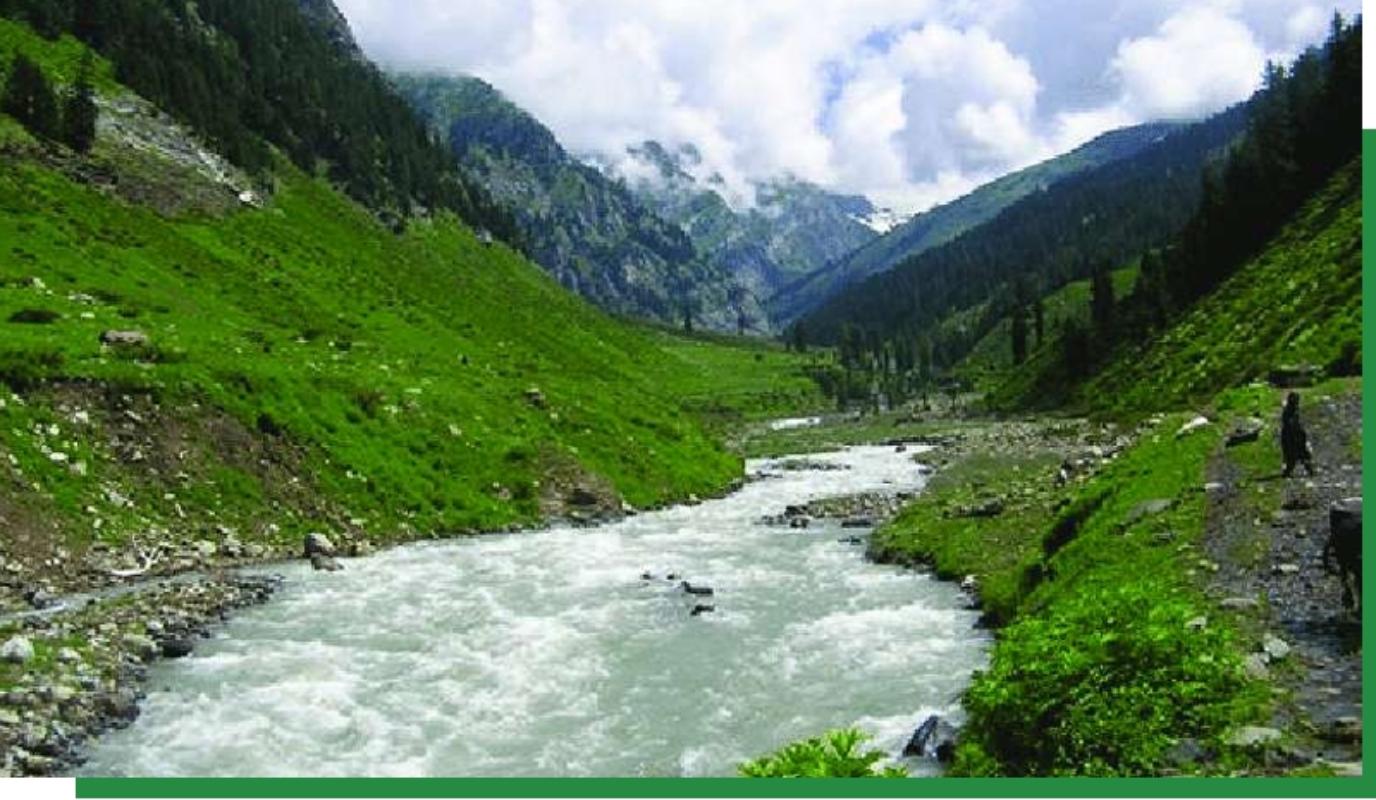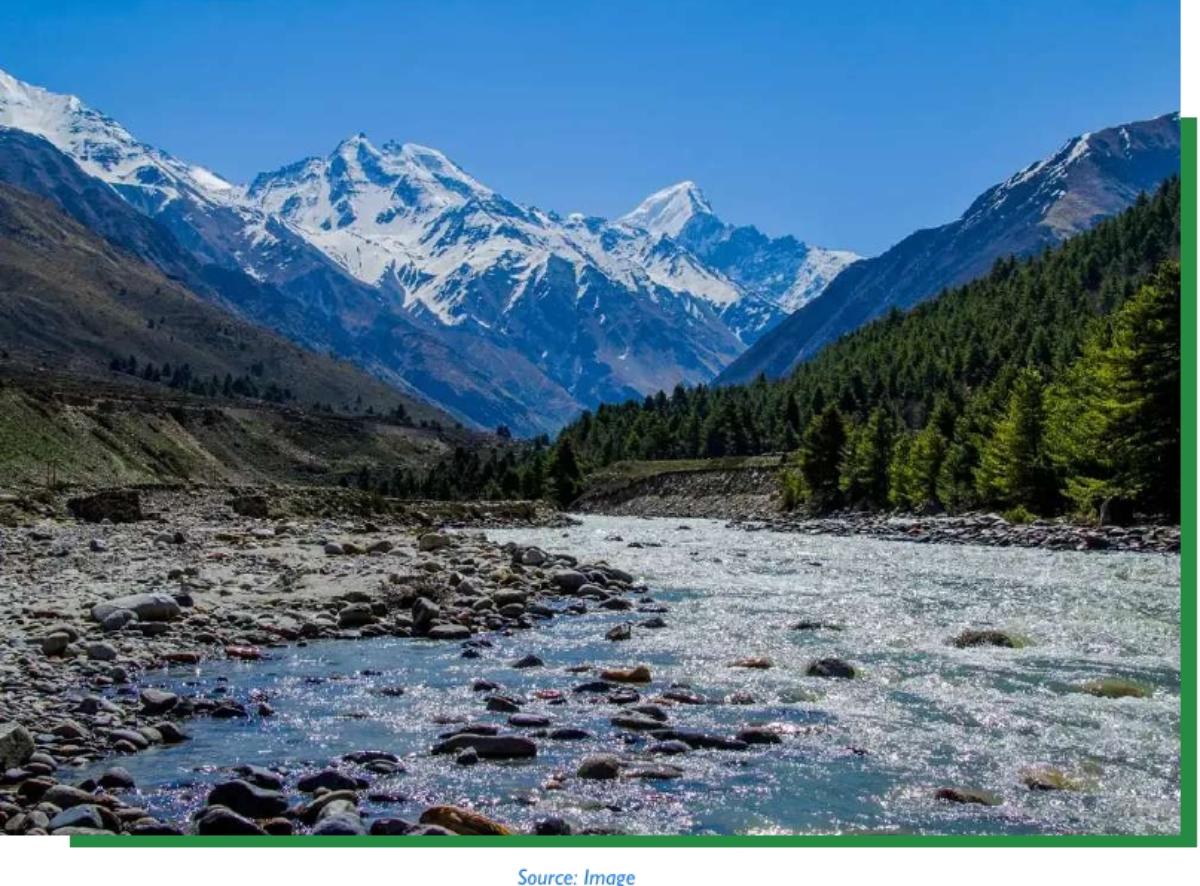Forests are crucial for the sustenance of a significant portion of the population, particularly the indigenous communities that rely heavily on these forests for their existence. The majority of tribes worldwide have a close connection to forests, as they rely on them for their habitat and ecological needs. The tribes, known as forest dwellers, depend entirely on natural resources for their subsistence, livelihood, and employment. For indigenous communities, who perceive the forest as their natural environment and depend on it for their nourishment and overall welfare. Their culture and its economic structure are distinguished by a reciprocal dependence on certain factors – own sustainable methods of cohabiting with the natural environment, guaranteeing the conservation of forests without inflicting damage or devastation. They utilise a distinctive strategy for soil preservation as a result of their sincere dedication to preserving forests and supporting the historic practice of harmonious cohabitation between humans and the environment. The forest offers a wide variety of consumable resources, including berries, nuts, honey, fruits, and roots. The indigenous people possess expertise on the edibility, location, and temporal availability of various products.
Indian Forest Legislation
Forest regulation in the shape of the Indian Forest Act went into effect in 1873, 16 years after the Department of Forest was established in 1861. Tribals have certain privileges and the ability to utilise the forest since they were natural occupants of it. They had the privilege to extract water for cultivation, dig wells, and graze freely in open forest land areas (underpasses), responsible for removing stones and earth for domestic or agricultural use, removing timber, bamboos, reeds, and canes for house construction and repair, collecting dead wood for domestic use, collecting grass for cattle and huts, fishing and hunting (excluding protected fauna), and cultivating forest lands.
India’s forests are controlled by two major laws: the Indian Forest Act of 1927 and the Wild Life Protection Act of 1972. The former allows the government to declare any land as a restricted forest, protected forest, or village forest. The latter enables any place to be designated as a “protected area,” including a national park, animal sanctuary, tiger reserve, or community conservation area. During the colonial era, the British undoubtedly turned India’s forests—which gave the local inhabitants food and shelter—into a profitable government asset. Naturally, the Forest department had to strive diligently to hold onto the colonial past and keep themselves apart from other line departments in order to preserve their unique benefits.
The Forest Rights Act, 2024
The Schedule Tribes and other Traditional Forest and Other Forest Dwellers (Recognition of Forest Rights) Act 2006″ aimed to restore the land, community forest resources, and ecological rights of forest dwellers. After decades of denial of rights by colonial forest rules in India, this statute is an attempt to rectify the injustice.
The preamble of the Act states:
“An Act to recognise and vest the forest rights and occupation in forest land in forest dwelling Scheduled Tribes and other traditional forest dwellers who have been residing in such forests for generations but whose rights could not be recorded; to provide for a framework for recording the forest rights so vested and the nature of evidence required for such recognition and vesting in respect of forest land.
WHEREAS the recognised rights of the forest dwelling Scheduled Tribes and other traditional forest dwellers include the responsibilities and authority for sustainable use, conservation of biodiversity and maintenance of ecological balance and thereby strengthening the conservation regime of the forests while ensuring livelihood and food security of the forest dwelling Scheduled Tribes and other traditional forest dwellers;
AND WHEREAS the forest rights on ancestral lands and their habitat were not adequately recognised in the consolidation of State forests during the colonial period as well as in independent India resulting in historical injustice to the forest dwelling Scheduled Tribes and other traditional forest dwellers who are integral to the very survival and sustainability of the forest ecosystem;
AND WHEREAS it has become necessary to address the long standing insecurity of tenurial and access rights of forest dwelling Scheduled Tribes and other traditional forest dwellers including those who were forced to relocate their dwelling due to State development interventions.”
The act grants forest dwellers ownership rights to a maximum of four hectares of land (if they are from three generations), community rights to extract minor forest produce and use grazing, rehabilitation rights if the government builds infrastructure, and rights to protect, regenerate, conserve, and manage community forest resources.
The Act grants eligibility for claiming rights to households that primarily reside in forest or forest land and depend on it for their livelihood. To qualify, they must provide evidence of three generations (approximately 75 years) of residence on forest land for other traditional forest dwellers (OTFDs) as defined in section 2(o) of the Act. Alternatively, eligibility is also extended to members of a scheduled tribe (ST) who reside in the scheduled area, as defined in section 4(1)(a) of the Act.
According to section 4(3) of the Act, the acknowledgment and transfer of forest rights to the forest dwelling Scheduled Tribes and Other Traditional Forest Dwellers, in relation to forest land and their habitat, will only be granted if they were already occupying the forest land before December 13, 2005.
At the national level, approximately 60% of the claims, totalling 13,838,712 acres, have been accepted out of a total of 190,788 claims received. The total number of individual claims received is 4,836,013, and only 49% of these claims have been granted permission for a total area of 5,175,122 acres.
| All India | Claims Received | Claims Distributed | % Claims Approved | Area in acre |
| Community Claim (CFR) | 190,788 | 115,180 | 60.4 | 13,838,712 |
| Individual Claim (IFR) | 4,836,013 | 2,370,011 | 49.0 | 5,175,122 |
| Total | 5,026,801 | 2,485,191 | 49.4 | 19,013,834 |
| (Till 31st March 2024) | ||||
| Source : FRA Status, Ministry of Tribal Development | ||||
It is notable that the FRA implementation in the states has made progress towards attaining the Act’s and Rules’ stated purposes. These objectives include securing individual rights, such as the right to develop or inhabit land, as well as other community rights for individuals who file claims. In addition to obvious monetary gains, like easier access to government subsidies, providing these rights has resulted in intangible benefits such as community mobilisation, greater access to and management of natural resources, and socio-religious advancements.
Deficiencies in implementation
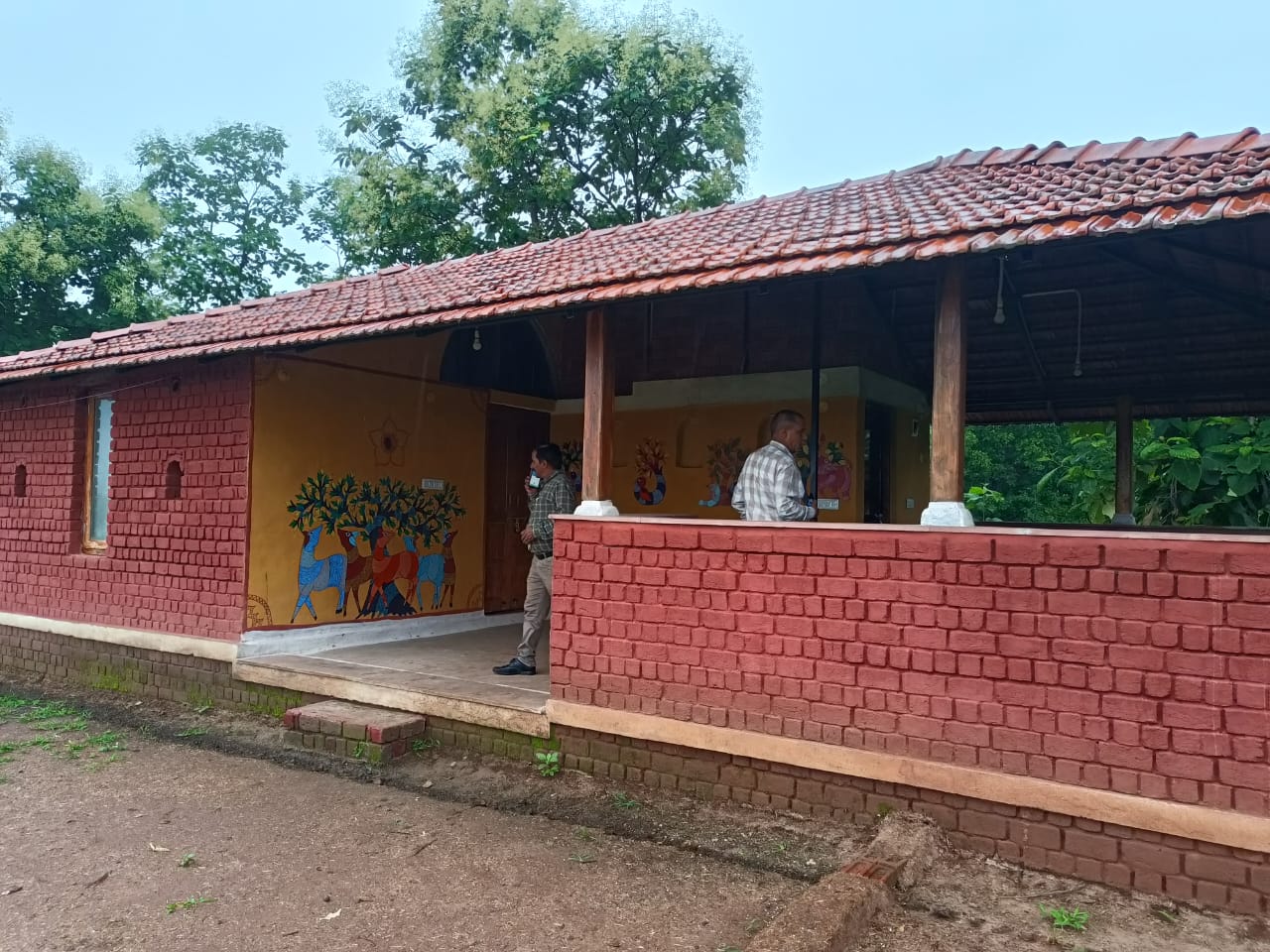
However, particular implementation deficiencies are inherent in every national program as well. Generally, there is a designated process in place to inform village committee members of their membership. Numerous studies have shown that committee members lacked awareness of meeting protocols and the sequential processes that were to be followed. Their primary source of support is predominantly government staff appointed by the Panchayat, Rural Development, forests, and Revenue departments of the state. However, the government staff members of committee had greater details, but they were hesitant to participate in combined trips with the local committee and preferred to provide separate reports, which frequently contradicted themselves. As a result, the procedure was delayed, and more rejections occurred. The denial is mostly based on community claims, rather than individual claims.
In the case of individual claims, departmental representatives prefer to meet with the claimant individually rather than collectively. However, there have been instances where these representatives have provided false information and made commitments to the applicant, creating a conflict of interest and causing delays in the process if all committee members are not convinced of the legitimacy of the claim.
Villagers learnt about community entitlement regulations from the Gram Sabha and the Forest Rights Committee. After making applications, many of them received claim rejections, as evidenced by an examination of official records that are not with them. The villagers had difficulty producing the requisite evidence for their Community rights under the Forest Rights Act (FRA). It has been observed that both villagers and government institutions are unable to provide records about specific plots of land, presumably owing to fear of repercussions.
It has been observed that in certain villages, the number of claim rejections is minimal. This can be attributed to the active participation of the village secretary and other officials, particularly those from the Forest and Tribal Welfare Departments. Their involvement has been identified as the primary factor contributing to the high approval rate of claims in these villages. The claimants expressed their lack of knowledge regarding the provision of reasons and the possibility of appealing. However, in several villages, people were content as numerous community claims had been accepted. They believed that the rejected claims were those for which the necessary documents could not be produced.
The allocation of forest land to the Gram Sabha has significantly reduced conflicts between villagers and forest officials on the utilisation of forest resources. The villagers now have increased self-assurance and fearlessness when utilising their forest. Nevertheless, the Gram Sabha has failed to formulate and implement any strategy aimed at optimising social, economic, and ecological results. Over the past few years, numerous forest conservation initiatives, including fencing, soil conservation, water conservation, and other related activities, have been implemented in their community forest. However, the forest department was responsible for conducting all of these efforts, with minimal involvement from the locals.
The primary factors contributing to the inaction of villagers – are a lack of understanding and absence of local leadership. Consequently, they are unable to properly utilise the community land that has been allocated to them. Furthermore, the boundaries between the village and community forest and the nearby forests managed by the department are highly intricate. As a result, forest officials continue to exert their power to regulate the utilisation of forest land and its resources. The lack of connectivity provides a challenge for villages to utilise their land for beneficial activities.
RGICS has conducted studies on FRA implementation earlier. One case study discusses the lack of detailed claim applications and evidence, as well as the absence of SDLC support during verification and the provision of important. This is in Rawas and Banspattar Gram Panchayat, Kanker, Chhattisgarh.
https://www.rgics.org/wp-content/uploads/Forest-Rights_Case-Study.pdf
Another study in the in the Balangir district, Odisha indicated significant challenges in the implementation of the FRA in the region. Over 3606 individual forest rights (IFR) claims were filed and more than 91% were rejected due to lack of evidence of land occupancy for the last three generations.
https://www.rgics.org/wp-content/uploads/FRA-in-Western-Odisha.pdf
In the Bamori block of Guna district of Madhya Pradesh, where there have been reports of illegal deforestation taking place over the past thirty years, now they have taken benefits under the Forest Rights Act (FRA). The forest mafia has been responsible for cutting down trees and forcibly resettling the tribal community in the area. They have also engaged the local people in labour activities, manipulated their claim forms, and used agents to coordinate with various government departments and committees to secure land allotments for both tribal communities and individuals. Subsequently, they are employing their area for their own purposes with a small amount and reaping certain advantages. Nevertheless, the department and committee assert that this situation has arisen due to the avarice of tribes.
Although the government has allocated land to them, they are engaging in illicit practices by providing local businessmen with no documentation and taking money from them. Elderly individuals and Sahariya Families residing in Bisonya village of Guna reported that their adolescent boys are compelled to migrate in order to secure their livelihood. The dominant who have seized control of the territory, have disseminated misleading information to the public and have established their authority over all government personnel, thereby depriving us of the entitlements we are supposed to get under the FRA. These circumstances may be encountered in various locations when the tribal development department conducts thorough investigations. However, it appears that the lower bureaucracy is hesitant to address these delicate matters.
Although FRA has witnessed numerous great and awful events over the years, these experiences may provide a foundation for approaching the third decade with specific innovation and a change in approach. Considerable work has been dedicated to increasing knowledge about FRA, improving the technical abilities of officials in line departments, and bolstering the capabilities of the Forest Rights Committees (FRCs) at the local level. However, the observed degree of attentiveness during field visits is still somewhat low. Therefore, it is essential to recognise the essentiality of raising awareness. The government should continue in this endeavour and include non-governmental organisations (NGOs) and community-based organisations, such as Self-Help Groups and Farmers’ Producer Organisations, in this work.
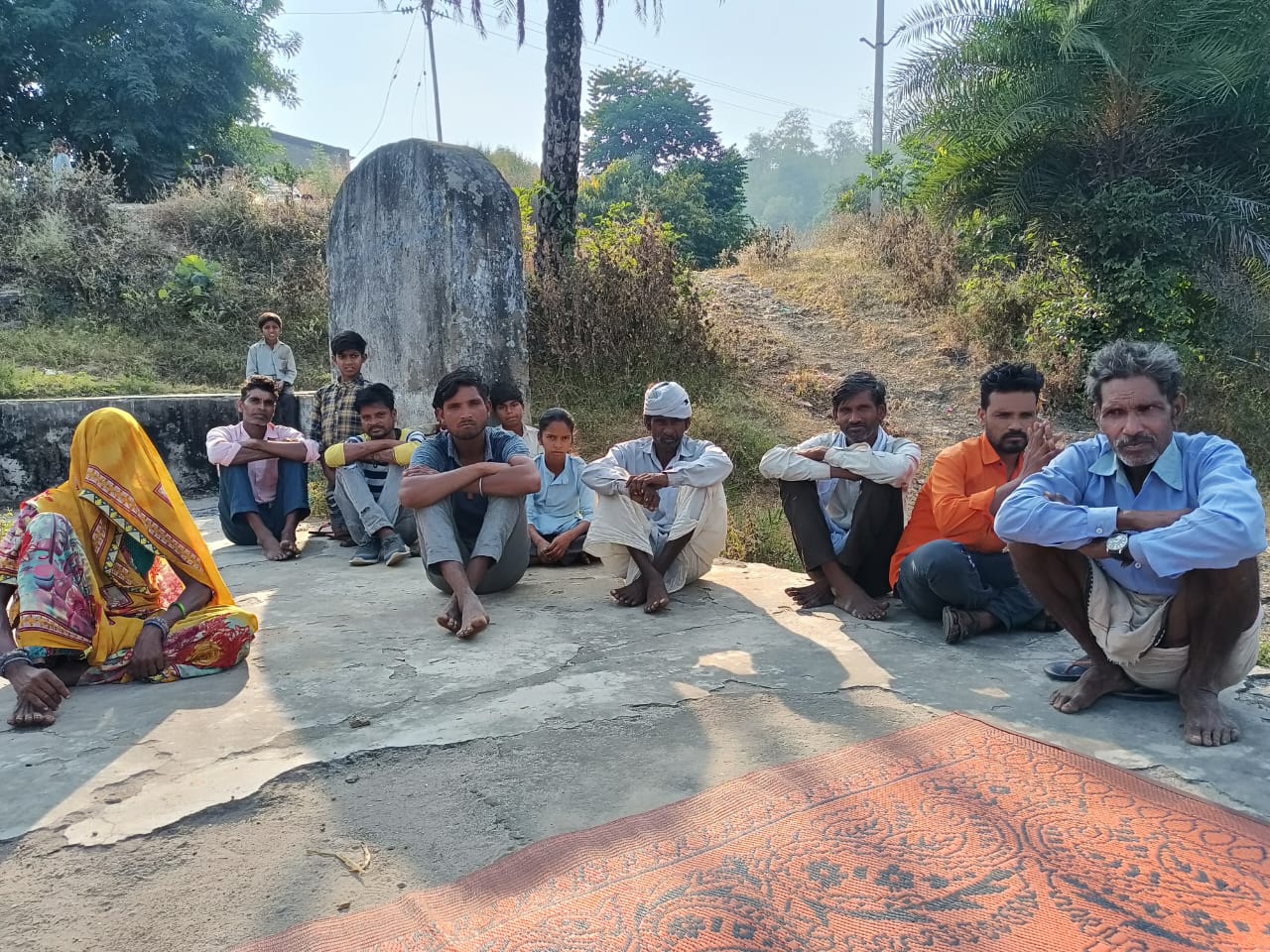
An extensive analysis of denied claims reveals that rejections are primarily due to the failure to submit the required supporting documentation, coupled with the prevalence of faulty claims exacerbated by a substantial proportion of claimants who are illiterate. The state administration has implemented various measures to tackle this issue. These include consistent efforts to raise consciousness, especially at the Gram Sabha and Panchayat level, providing extensive assistance to the claimants, adopting a lenient and supportive approach, periodically re-verifying rejected claims, and implementing other relevant actions. This requires more efficient maintenance through the implementation of novel strategies. It is necessary to streamline the process of making claims, which involves the implementation of technological solutions. Officials and committees have emphasised that rejection reasons and the ability to appeal are communicated. However, the results of the field observations show that these efforts need to be more robust and tailored to the reality that a significant portion of the population is illiterate. They ought to put more energy into this.
Some kind of framework has to be put in place while individuals are getting claims but having to move away to make a living. This means that powerful local people use their land, which hurts the success of FRA. So, FRA should not be looked at separately. Instead, it should be part of an integrated approach that gives tribal people the chance to grow and makes use of their rights while also letting them benefit from other state government programs that help them live with dignity.
Some Suggestions for Improvement
The verification, documentation, and coordination with line departments in FRA are still being done manually. The Ministry of Tribal Welfare only provides a digital dashboard that offers minimal information. Utilising the digital world is crucial for expediting processes, meeting tight deadlines in claim settlements, maintaining records of individual and community owners post-allocation, and connecting them with other developmental activities to ensure that the land they have received contributes to the development of tribal villages. It is necessary to digitise the records in order to improve monitoring and enhance transparency. It is important to prioritise the monitoring of FRA on a state level dashboard with maximum openness.
The use of geo-tagging, aerial reports, aerial surveys, digitised maps, and databases should be encouraged. By implementing this approach, the district administration will have more visibility into the progress of the claims and may promptly take necessary measures to process them. The data from the districts that have year-by-year information shows that both individual and community claims followed a nearly sinusoidal pattern, with high claims in the first few years of the Act, a sudden dip, a sharp increase, and so on. This could be because the district administration’s focus on the Act was wavering, reaching a peak and then a lull. Taking into account that the FRA is already considered an “old piece of legislation” and that practically twenty years passed before it was finally implemented, most of the claims have already been made. We need to keep working to make sure that every rightful claimant in the state may get the rights guaranteed by the Act soon.
Using IFRs and CFRs for Livelihoods and Environmental Conservation
Securing community forest rights (CFRs) and individual forest rights (IFRs) is only the first step in using these rights to enhance both livelihoods of tribals and other forest dwellers (T&OFD), as well as conserving the forest. This requires a new level of cooperation between the T&OFD and the Forest Department (FD). FD officials often complain that the FRA has created a “honeycomb” of encroachments by the T&OFD and it becomes difficult to conserve the forest. On the other hand the T&OFD complain that the FD local beat guards and rangers do not allow them to exercise their individual and community forest rights.
We need to design projects with involvement of the T&OFD in climate-effective, financially rewarding projects that benefit individual families, communities, and villages is also necessary, as is a diversification of community entitlement programs. In this connection we recommend taking the approach that was taken in the Payvihir village of Amaravati District of Maharashtra. Here the FD and the T&OFD worked together to the develop the land they received CFRs on and today not only has the forest been fully regenerated but also the villagers earn lakhs of Rupees income from sale of tendu leaf, custard apple and other forest produce. In addition they get ample grass for their dairy animals.
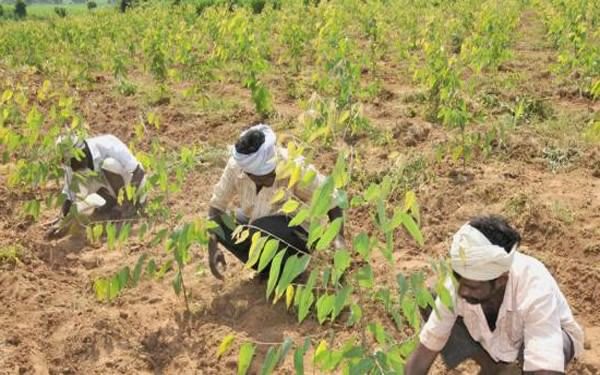
Tribals planting trees in their CFR land in Payvihir village, Amaravati Dt. Maharsshtra
See the videos below about how the villagers of Payvihir village in Amaravati dt of Maharashtra used their Community Forest Rights not only to regenerate the forest but also increase their income through the sale of custard apple and tendu leaf.

